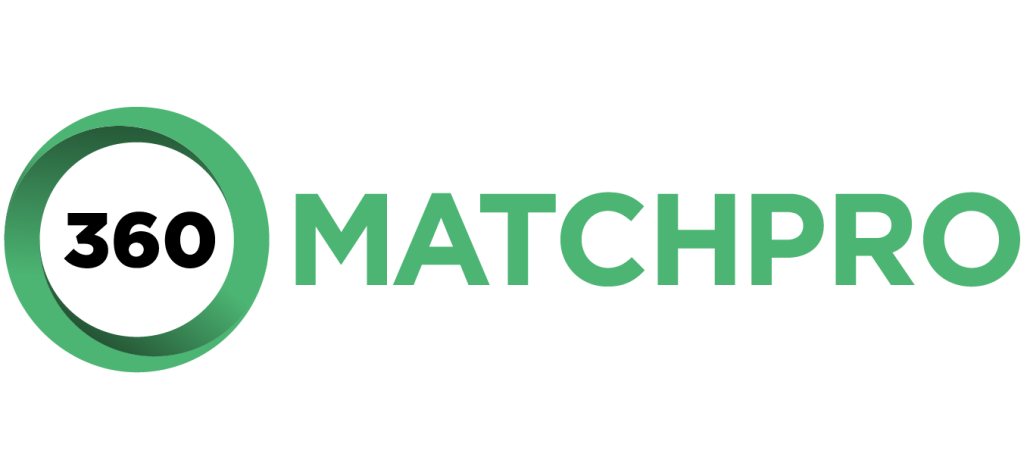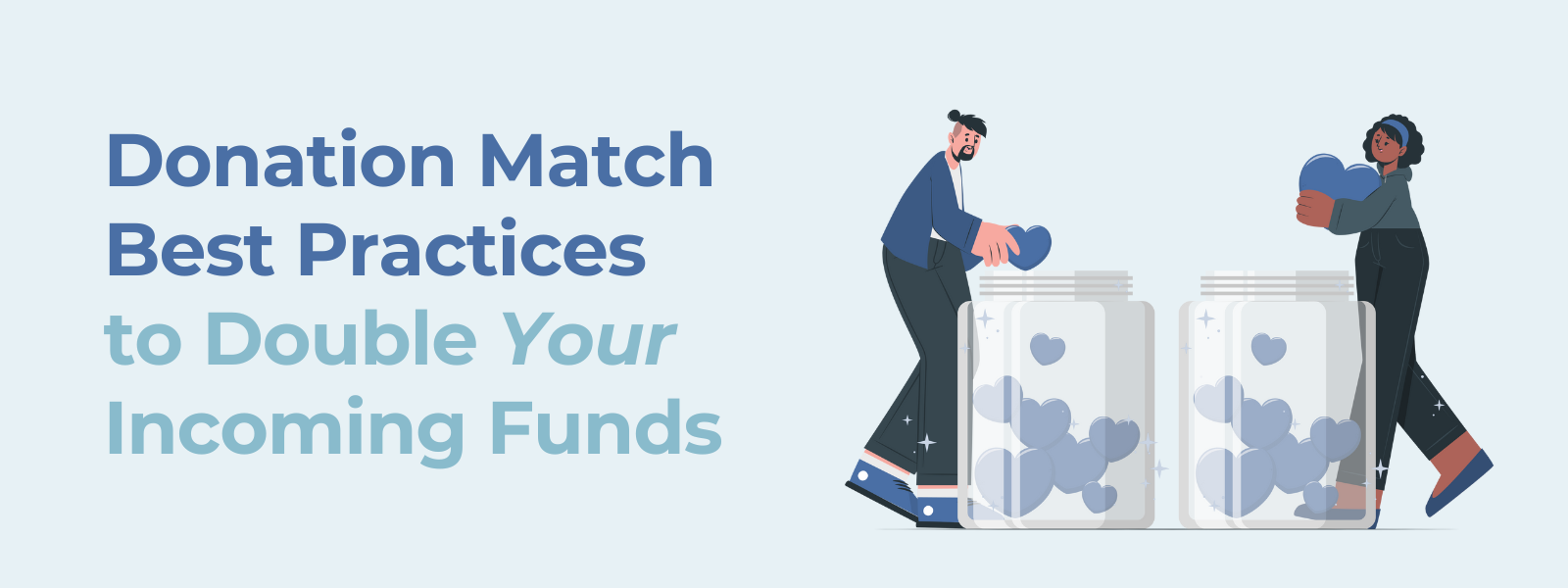Donation Match Best Practices to Double Your Incoming Funds
Fundraising organizations are constantly seeking innovative yet sustainable ways to maximize donations and increase the impact of every dollar raised. One powerful but often overlooked strategy is corporate donation matching, and understanding the top donation match best practices is key to unlocking its full potential.
In other words, corporate matching gift programs allow donors to boost their contributions without spending more out of pocket. When an eligible donor gives to your organization, their employer may match the gift dollar for dollar, or sometimes even more. It’s essentially free money waiting to be claimed. Yet, billions of dollars in matching funds go unclaimed each year due to a lack of awareness or dedicated infrastructure.
Fortunately, with a strategic approach, you can significantly grow your revenue through matching gifts while strengthening donor engagement and building valuable corporate relationships. To help you make the most of this opportunity, here are the most effective donation match best practices to double your incoming funds:
- Train Your Team to Talk About Matching Gifts
- Prioritize Donor Education
- Integrate a Matching Gift Tool Into the Donation Process
- Follow Up With Targeted Emails After a Gift is Made
- Use Employer Appends to Identify Eligible Donors
- Acknowledge Both Donors and Companies
- Track and Optimize Your Matching Gift Metrics
- Screen for Additional Workplace Giving Opportunities
By implementing these best practices, your organization can transform passive dollars into powerful impact. Let’s explore how to put these practices into action and start maximizing every donation today.
1. Train Your Team to Talk About Matching Gifts.
Your development team, marketing staff, board members, and key volunteers are already interacting with donors and prospects. So it begs the question: are they well-equipped to mention matching gifts? Training your internal team to understand and promote matching gifts is one of the most overlooked yet impactful strategies to consider.
In order to do so, try hosting dedicated lunch-and-learn meetings or onboarding sessions (or taking advantage of the Matching Gift Academy) to explain:
- What matching gifts are, and their value for your organization
- How donors can check their eligibility (and what tools you provide to help!)
- How to talk about matching during donor calls or events
- Where to direct donors with additional questions
Providing your team with simple talking points and sample scripts can build their confidence and help integrate matching gift promotion into more of your one-on-one and small-group interactions. Just remember: it takes a village to incorporate matching gifts throughout your existing fundraising strategy.
Looking to learn more? Check out Double the Donation’s complete guide to Marketing Matching Gifts.
2. Prioritize Donor Education.
The most common reason matching gift dollars go unclaimed is simply that donors don’t know the programs exist. While most Fortune 500 companies and thousands of smaller businesses offer matching gift programs, awareness among employees remains low. That means your organization has an enormous opportunity to fill in the knowledge gap.
Start by building basic matching gift education into your existing donor communications. Consider:
- Sending a newsletter dedicated to matching gifts (or at least including a blurb about matching gifts in a broader organizational newsletter);
- Posting on your social media pages about matching gifts, including donor testimonials and impact statements;
- Including a direct mail insert that highlights how matching gifts can bring your mail campaign to the next level;
- Building a matching gifts landing page on your website that answers any FAQ and explains what the programs are, why they matter, and how to get involved. Include a matching gift search tool to further simplify the process for your donors.
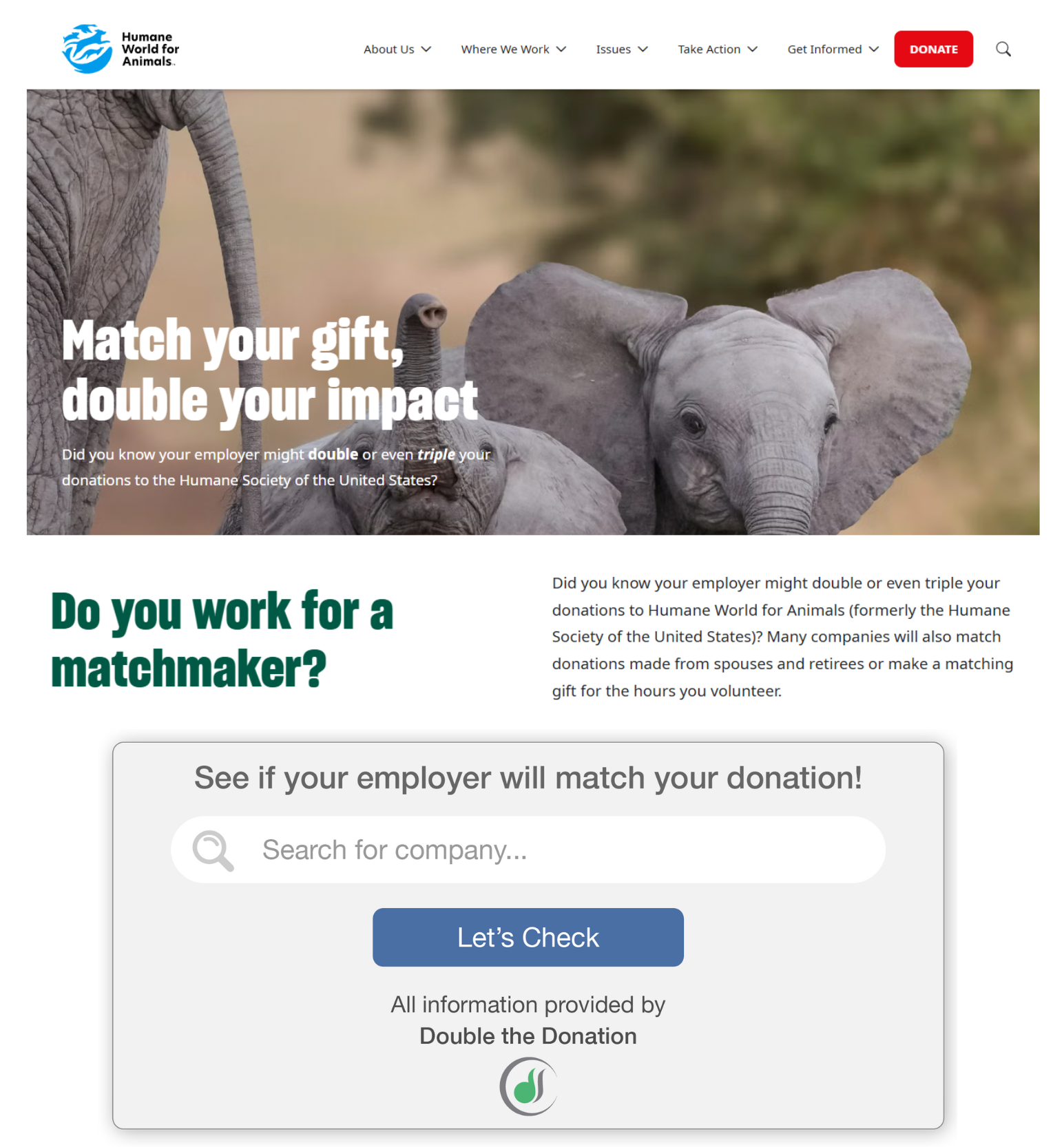
Throughout your messaging, it’s also smart to supply examples of common companies that match gifts, especially those with a strong presence in your community or donor base. For instance, “Employees at companies like Google, Bank of America, Home Depot, and thousands more may be able to double their donations with just a few clicks.”
The more you integrate the concept of matching gifts into your daily communications, the more likely donors are to take action.
3. Integrate a Matching Gift Tool Into the Donation Process.
One of the best ways to increase matching gift participation is to make it really easy for donors to find out if they’re eligible. By embedding a matching gift search tool directly into your donation form, you allow supporters to check for matching programs during the giving process itself.
These platforms, like the one offered by Double the Donation, let donors type in their employer’s name and receive near-instant information about matching gift policies, minimum and maximum match amounts, forms, and deadlines. Some tools even automate the matching gift process by connecting directly to the employer’s submission system.
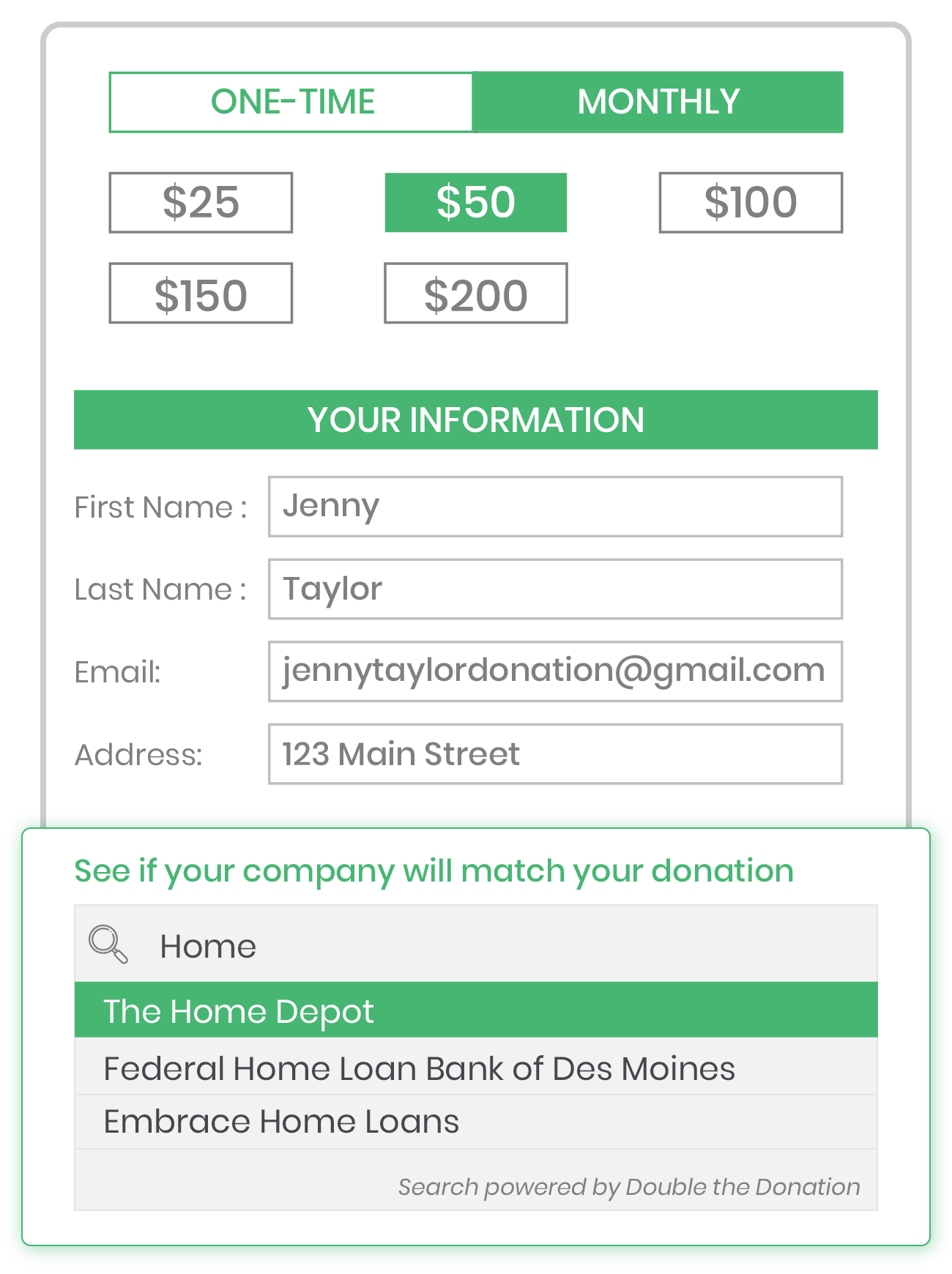
4. Follow Up With Targeted Emails After a Gift is Made.
Even if a donor doesn’t submit a match immediately after the donation, you still have a window of opportunity to capture that match afterward. Post-donation email follow-ups are a powerful way to educate, encourage, and guide donors through the matching process.
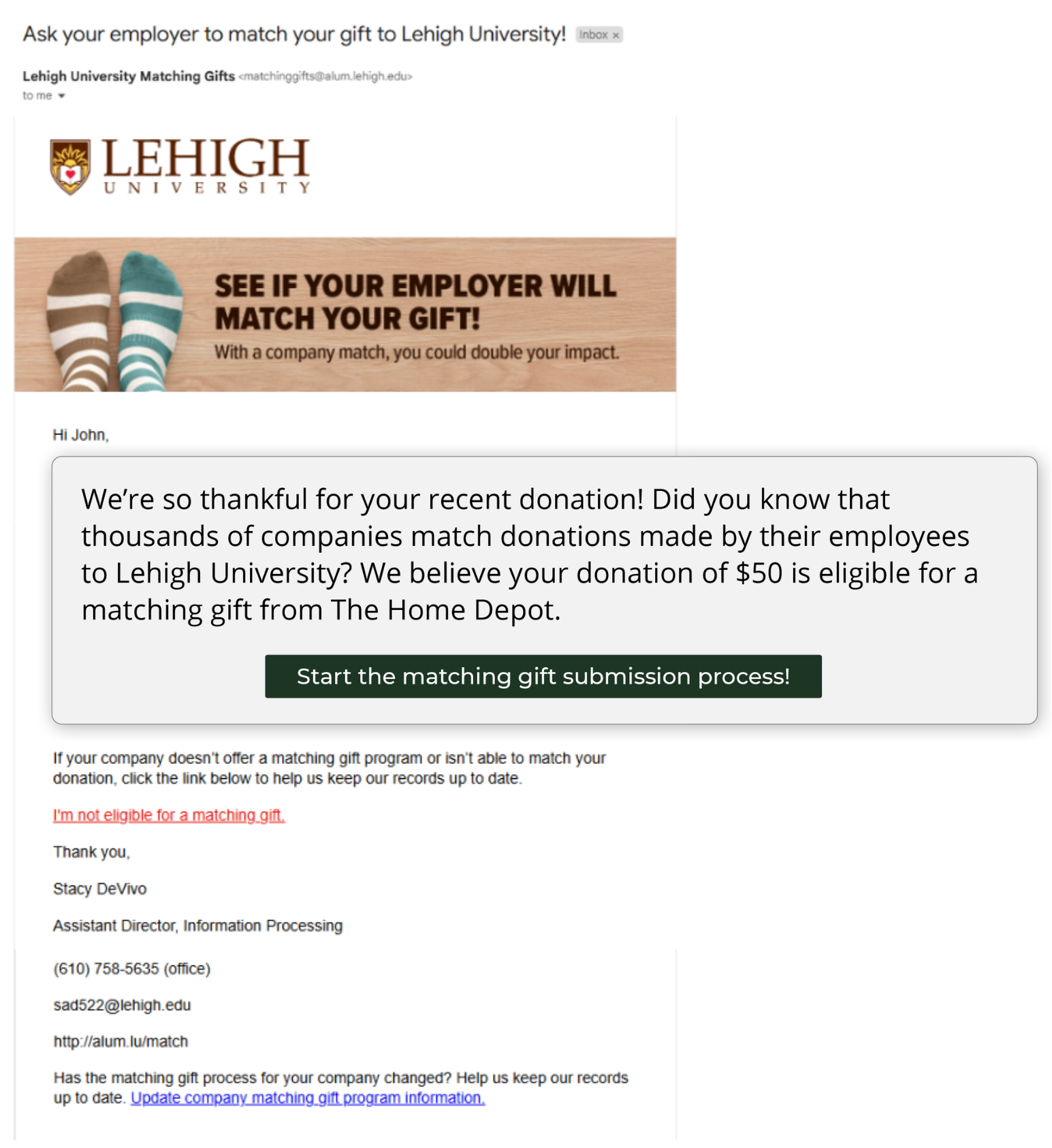
Within 24–48 hours of the gift, send a personalized email thanking the donor and prompting them to check if their gift can be matched. If possible, pre-populate the donor’s employer information or include a link to a matching gift search tool in the email itself.
Consider a sequence of reminders spaced over several weeks, each one emphasizing impact and ease. The first may be a simple “Check if your gift is eligible,” while a second could highlight how matching has helped in the past: “Last year, matched gifts funded 3,000 meals for families in need. Will your employer match your impact?”
Timely, repeated nudges are often what move donors from intention to action.
5. Use Employer Appends to Identify Eligible Donors.
More than likely, there are going to be gaps in your donor employment information, meaning you won’t know if they’re eligible for matching gifts. That’s where an employer append comes in!
Employer appending is the process of enriching your donor database with employment information by matching your supporter list to external datasets. Data providers like Double the Donation offer workplace giving and employer appends specifically tailored to nonprofits, helping you uncover which of your donors work for matching gift and other workplace giving companies, then empowering you to act on the information to grow your revenue.
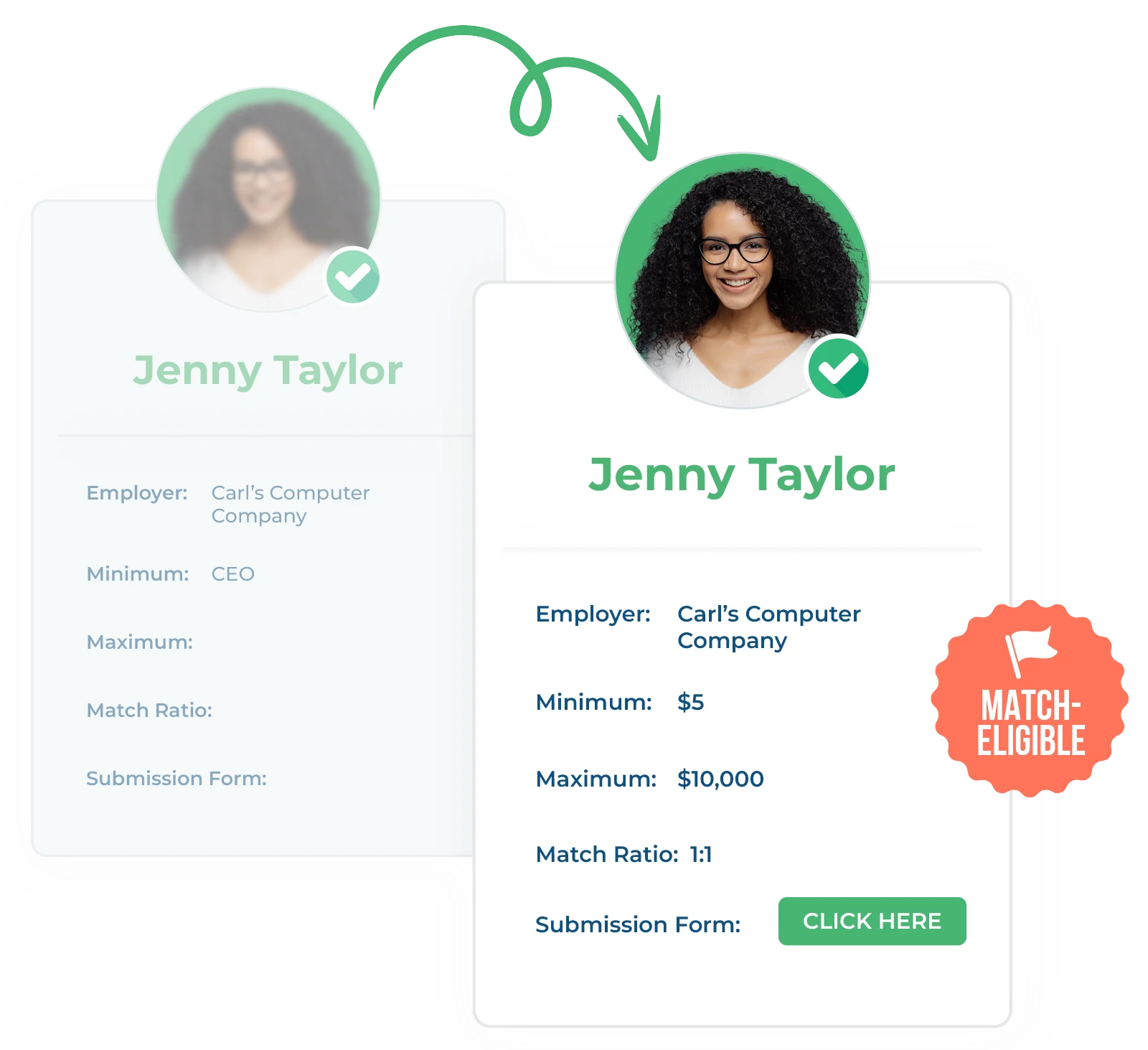
Once appended, you can segment donors based on employer, eligibility, or even match levels. This lets you send highly personalized outreach, such as, “Your employer, XYZ Corp, matches donations 2:1; your recent $100 gift could become $300!”
6. Acknowledge Both Donors and Companies.
Once a matching gift is received, the stewardship process is just as important as the fundraising process. Proper acknowledgment not only thanks the donor for their effort but also reinforces the value of the program and encourages future participation.
Send a thank-you note or email to the donor that specifically references the matching gift, like: “We just received your company’s matching donation; thank you for doubling your impact!” You can also include updates on how the matched gift will be used or the cumulative impact of all matching gifts over a given period.
When possible, try to thank the employer as well. Send a letter or email to their corporate social responsibility or HR department, acknowledging the match and expressing appreciation for their partnership. This can help open the door to deeper collaboration, including sponsorships, volunteer events, or employee giving campaigns.
Public recognition of both donors and their employers can also go a long way in acknowledging their support and inspiring others to get involved. A simple social media post highlighting a recent matching gift is a great way to tie in gratitude and social proof.
7. Track and Optimize Your Matching Gift Metrics.
To improve your matching gift results over time, you need to track what’s working and what isn’t. And in that case, data is key.
Starting out, a few metrics to monitor include:
- Number of donors who are match-eligible
- Match submission rate (how many donors initiate a match request)
- Match completion rate (how many requests result in received funds)
- Total dollars raised from matches
- Average match amount
- Fundraising increase due to matching gifts
From there, you can use this data to identify bottlenecks and opportunities. Are donors starting the process but failing to complete it? Maybe your follow-ups need to be more compelling or better timed. Are your small-dollar donors getting their gifts matched more often than your major givers? See if you can adjust your stewardship efforts to position matching gifts as a key opportunity.
Over time, you can also A/B test subject lines, form placements, and CTA language to optimize your communications and capture more matching gift revenue.
8. Screen for Additional Workplace Giving Opportunities.
While matching gifts are one of the most popular forms of workplace giving, they’re far from the only way companies support employee philanthropy. By broadening your strategy to encompass broader workplace giving programs as well, you can uncover even more opportunities to boost revenue for your cause. These include:
- Volunteer grants (also known as Dollars for Doers), which reward nonprofits for the time an employee spends volunteering. Many companies will donate a set amount per hour volunteered or provide a lump sum once a certain number of hours is reached. If your supporters help at events, serve on committees, or regularly volunteer in other ways, they could be triggering an additional stream of funding from their employer.
- Payroll giving programs, which allow employees to set up recurring contributions that are automatically deducted from their paychecks, often with a company match offered as well. This creates a reliable source of regular funding for your organization while making giving effortless for the donor.
To get started with these opportunities, leverage your existing employer data to identify which companies in your donor base offer volunteer grants, payroll giving, or other corporate giving benefits. From there, you can segment outreach based on program type (e.g., send volunteer grant reminders to known volunteers), include instructions and direct links to employer portals or forms, and highlight the impact these programs have had on your organization to encourage participation.
By screening for and promoting all forms of workplace giving (not just matching gifts), you can maximize the value of every supporter relationship and unlock funding that often goes unnoticed.
Wrapping Up & Additional Resources
Matching gifts represent one of the most efficient and scalable ways to grow nonprofit revenue without having to acquire new donors or ask existing supporters to give more. But realizing their full potential requires more than a mention here and there; it demands a fully built-out strategy. By educating your donors, integrating matching into your giving process, enriching your data with employer appends, and following through with thoughtful communication and stewardship, you can unlock an entire stream of untapped funding.
Matching gifts don’t just double donations. They double engagement, double corporate support, and double your organization’s opportunity to thrive. Now’s the time to turn matching gifts into a cornerstone of your fundraising strategy and watch your impact grow.
Interested in learning more about matching gift tools and strategies to supercharge your nonprofit’s fundraising? Check out these additional resources:
- Corporate Matching Gift Companies: 45+ Top Opportunities. Get familiar with these well-known companies offering generous matching gift programs to organizations like yours. Then, see if your donors work for them!
- 10 Examples & Insights from the Matching Gift Idea Exchange. Look at these donation match best practices in action! See how real organizations have implemented top matching strategies to deliver real results.
- Free Download: The Ultimate Guide to Matching Gifts. Discover everything you need to know about matching gifts in this handy guide! Explore what they are, their substantial value, and how your team can tap into them effectively.
